Chris Kresser, Danny Roddy, and I recorded a podcast yesterday, and it should be up at TheHealthySkeptic.org or ChrisKresser.com on Tuesday. Chris and Danny are great hosts and we had some fascinating questions to play with, so it was a lot of fun.
Here’s what interested me this week:
[1] Interesting posts: JS Stanton of gnolls.org has been doing a great series on satiety, hunger, and obesity. Part IV went up this week. JS points out that the obese have damaged mitochondria and reduced ability to oxidize fat. These defects often persist after weight has been lost:
Normal subjects are burning 7% carbs and 78% fat at rest, whereas formerly obese subjects are burning 49% carbs and 34% fat at rest!
Don’t miss JS’s ongoing exploration of the implications.
Jamie Scott looks at the question: do high-fat diets cause intestinal inflammation?
Barry Groves finds a paper showing via functional MRI that fatty meals improve mood.
Melissa McEwen shows that a diet that includes some carbs, fiber or butyrate, and omega-3 fats is very good for the gut, whereas a high-protein low-carb low-fiber diet is harmful. She has a cool picture:
In another post, Melissa informs us that Lierre Keith has become an advocate of terrorism. Eeek! I regret that we mentioned The Vegetarian Myth in our appendix for vegetarians.
Seth Roberts also linked to a paper showing that high-protein diets are bad for the colon, due to toxic protein metabolites.
Emily Deans informs us that a substantial fraction of people develop hypoglycemia when they eat a small amount of carbs following a fast; and that hypoglycemia is associated with violent behavior.
Mike the Mad Biologist advises: “WASH YOUR DAMN HANDS!”
The Scientist notes that vinegar can do us a lot of good: it helps resolve inflammation and tightens the intestinal barrier. These are among the reasons we include beneficial acids, like lemon juice and vinegar, in our Food Plate.
Chris Masterjohn notes that history affects how you’ll respond to a diet:
[I]f I eat a diet very low in muscle meats and rich in organ meats for a few months, I can go two months on a practically vegan diet, with maybe some oysters and clams here and there, and feel terrific. How we feel right now is not just influenced by what we ate today, but how we ate the last week, three months ago, six months ago, three years ago, and so on.
Nutritional deficiencies can take months or years to show an effect.
Stephan Guyenet added a section on genetic defects that produce obesity to his contra Taubes post. These experiments show that leptin pathways, not insulin pathways, are crucial; Stephan also quotes two papers arguing that since the genes in question are highly expressed in the brain, the brain is likely a crucial organ in obesity.
In another post, Stephan summarizes two early papers indicating the existence of a fat mass setpoint that regulates appetite. One of the papers says:
In the present experiment, the subjects reduced their intake voluntarily and were always in good spirits, while in the previous experiment, the subjects had to continually fight off their hunger and would spend the night dreaming of food.
And Stephan comments:
That, ladies and gents, is the difference between someone who is at his setpoint and someone who is not.
This may be the most informative sentence Stephan has written so far. If hunger is the manifestation of a setpoint above current body weight, and lack of hunger the manifestation of a setpoint below current body weight, then the Perfect Health Diet seems to immediately reduce the setpoint to something close to normal weight for many people, because so many have reported hunger-free weight loss on our diet. As a result of this experience, Stephan’s post actually convinces me more than ever that the body’s nutritional status is a central influence upon appetite, and that being well nourished may be the key to weight loss. It also gives us easier experiments with which to test these theories: what reduces hunger better, a highly nourishing diet that is high in food reward, or a less nourishing diet that is bland and low in reward?
[2] Everything’s just ducky:
[3] Hospital epidemics: Hospitals are great places for microbes – lots of sick people eating bad food – and I expect we’ll see more stories like this one:
A strain of Klebsiella pneumoniae bacteria is sweeping a Dutch hospital, killing 28 people so far. The Dutch National Institute for Public Health and the Environment (RIVM) yesterday announced a set of genes for specific diagnosis of the strain, developed by scientists who mined the bacterium’s genome.
Dutch media reports that Maasstad hospital in Rotterdam has been reporting K. pneumoniae infections since late 2010. Since then, at least 80 patients have been infected and the hospital estimates that more than 2,000 may have been exposed to the bacteria.
The strain is resistant to many antibiotics, and also contains the gene for Oxa-48, an enzyme that allows it to resist the carpabenem antibiotics typically used to treat broad-spectrum antibiotic resistant Klebsiella.
We urgently need to relax the regulatory burdens on antibiotic development: see The FDA Is On The Side of the Microbes, Aug 11, 2010.
[4] Some beautiful photos: Taken by a Wisconsin law professor while hiking the Gaspé peninsula in Canada. Photos here. We’ve never hiked there, perhaps it’s time for a trip.
[5] Shou-Ching’s photo art:
[6] Not the weekly video: This lady, the dancer Lunga, must be one of Todd Hargrove’s better pupils:
[7] Video of the week: Stories of human-animal friendship can circulate for years on the Internet. A few years ago there was a story, published on April Fool’s Day in the French magazine Le magazine des voyages de pêche, claiming that a great white shark who had been freed from a net by a fisherman had then followed him for years making displays of affection.
The magazine photos may be seen in this video and the story of the hoax here.
But occasionally, there is a true story of human-animal cooperation and goodwill. Here’s one:









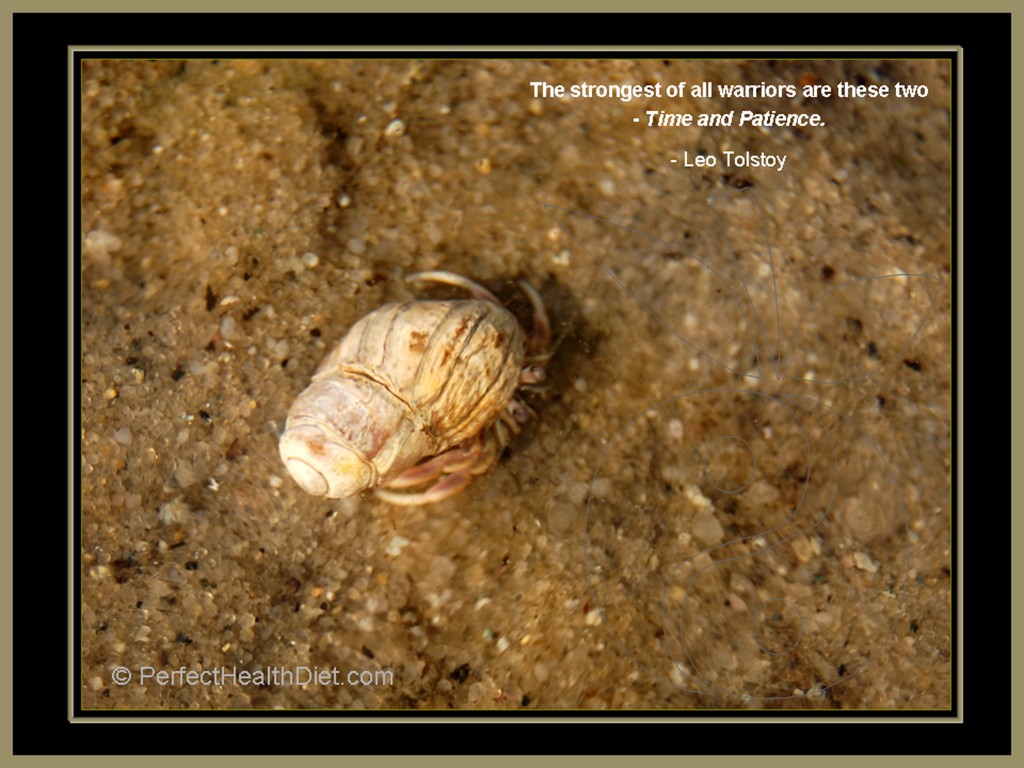
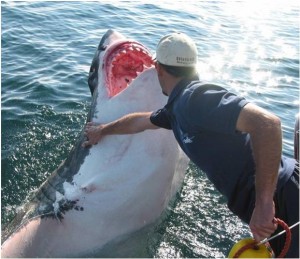

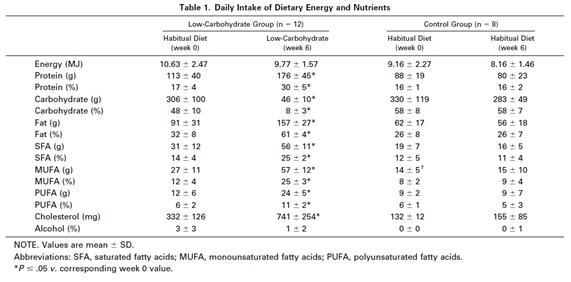
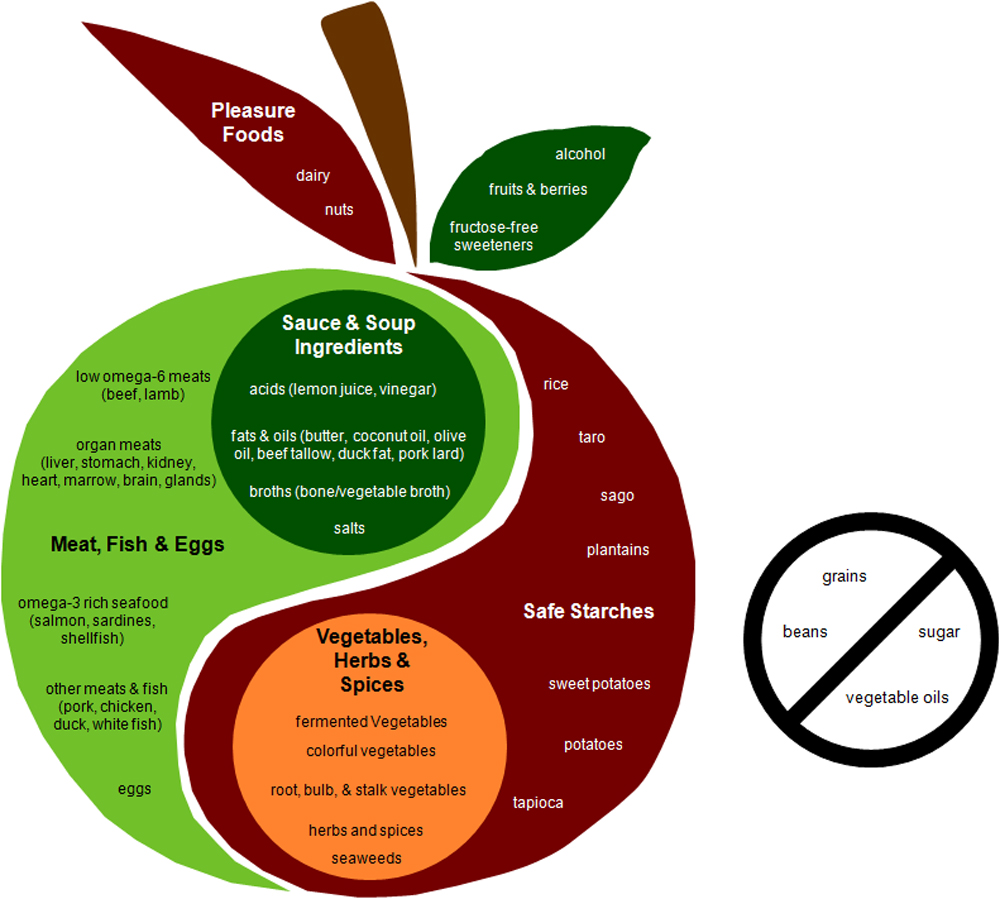

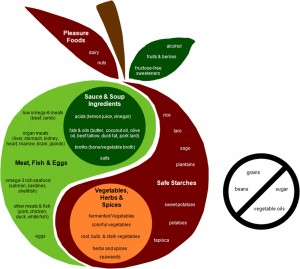




Recent Comments